
How to Fix a Flat Tire on Electric Bikes
There's nothing more frustrating than the sudden halt of a flat tire on your electric bike. Electric bikes are designed to give you a smooth riding experience; a puncture disrupts that flow. It can derail your plans, and if you're not equipped with the knowledge to fix your flat tires, the situation can escalate from bad to worse in no time.
There are differences between regular bikes and electric bikes, the electric motor and its wires make removing and reinstalling the rear wheel a bit of a puzzle. Another worry is knowing if there's anything special you need to do for an electric bike flat compared to a regular one. The good news is that the basic steps are quite similar. That's why this guide is here to help. You will have a step-by-step process to return to enjoying your ride in no time.
Do E-bikes Get Flat Tires?
There are a couple of reasons why electric bikes might be more prone to flats than regular bicycles. Electric fat tire bikes are heavier than traditional bikes due to the battery and motor. This extra weight stresses the tires, making them more susceptible to punctures from road debris like glass, thorns, or nails.
Also, the motor for some e-bikes is located in the rear wheel. This puts more weight on the back tire, making it wear and tear and potentially more vulnerable to flats. However, some things can be done to reduce the chances of getting a flat tire on your e-bike.

Preparing to Fix the Flat Tire on an E-bike
Before getting headfirst into repairs, ensure a safe and smooth process. Here's a detailed breakdown of the initial steps:
-
Safety Precautions
Find a safe, flat location to park away from traffic; ideally, park on a sidewalk or a designated bike lane. If you're stranded on the side of the road, prioritize your safety by pulling over as far as possible and turning on your hazard lights to alert oncoming traffic. Turn off your e-bike completely and remove the battery for added electric bike safety. This eliminates any risk of electrical shock while working on the bike.
Prop your e-bike up. You can use your e-bike's kickstand or a sturdy bike stand to elevate the bike and free both wheels from the ground. Ensure the stand is on a stable surface and the bike is securely positioned to avoid tipping over.
-
Removing the Wheel
Locate the brakes on your electric road bike. Disc brakes have a caliper squeezing a rotor disc attached to the hub, while rim brakes have pads contacting the tire rim itself. Depending on your brake type, you'll need to loosen or disengage the brakes to allow the wheel to move freely.
Axle nuts secure the wheel on either side of the hub where the wheel meets the frame. Use an appropriate wrench to loosen the axle nuts on both sides, but wait before completely removing them. Remember the motor and its associated wires when working on the rear wheel. Some motors might have quick-release levers or cable ties securing the wires. Once the axle nuts are loose, you should be able to slide the wheel out of the dropouts.
Removing the Tire and Tube
With the wheel removed and the flat identified, it's time to focus on the tire and tube. Here's a detailed breakdown of this step:
-
Deflating the Tire Completely
Find the valve stem protruding from the rim. This is where you inflate the tire. Unscrew the valve cap. Most valve caps are removable by hand. Unscrew it to reveal the valve core inside. Some valve stems might have a small pin in the center that needs to be depressed to release air. If so, your e-bike toolkit might include a dedicated valve tool. A small screwdriver can also work in a pinch.
With the valve cap removed, use your thumb or the valve tool to press down on the valve core in the center gently. You should hear a hissing sound as air escapes from the tire. Let the air release slowly and completely. Depending on the tire size, this might take a few minutes. Avoid pressing too hard, as you don't want to damage the valve core.
-
Using Tire Levers to Remove the Tire
You'll need a set of tire levers specifically designed for bicycles. These are typically made of plastic to avoid damaging the rim. Place one tire lever under the tire bead (the edge of the tire on the rim) near the valve stem. Space another lever a few inches from the first in the direction of travel around the rim. Hook the curved end of the tire lever under the rim lip and carefully pry the tire bead over the rim edge.
-
Inspecting the Tube and Tire for Damage
Once enough of the tire bead is off the rim, you should be able to pull the tube out from the inside of the tire cavity. With the tube removed, you can partially inflate it again to help isolate the puncture. Look for any bubbles forming, indicating a hole in the tube.
Carefully examine the entire tube for signs of punctures, tears, or worn-out areas. Run your fingers along the tube surface to feel for any bumps or irregularities.
Repairing or Replacing the Tube
A patch repair kit is a handy option for small punctures on the tube. Most patch kits come in various sizes. Ensure the patch you choose is large enough to cover the hole and a good portion of the surrounding area. Patch repairs are suitable for small punctures or tears. If the hole is large, on the sidewall of the tube, or has caused significant damage, it's best to replace it entirely. If the tube has multiple punctures, replacing it becomes more practical than patching each hole.
-
Choosing the Right Replacement Tube
If a patch repair isn't feasible, or you opt for a replacement tube altogether, consider the valve type and the tube size. Tubes come with different valve types (Presta, Schrader). Ensure the new tube has the same valve type as your existing one. You can check the valve stem on your rim for identification. Tubes are sized according to the tire size. Refer to the markings on the sidewall of your tire to find the recommended tube size.
To properly insert the tube, blow a small amount of air into the new or repaired tube, just enough to give it some shape. This makes it easier to handle and insert into the Schwalbe durable tire. Carefully insert the tube into the tire cavity, ensuring the valve stem protrudes through the valve hole in the rim. Carefully spread the tube evenly inside the tire cavity, making sure it's not twisted or pinched anywhere.
-
Seating the Tire Back onto the Rim
This step requires some finesse and might take a few tries. Locate the point on the tire bead (the edge of the tire that sits on the rim) directly opposite the valve stem. This will be your starting point. Using your thumbs, try to push one side of the tire bead back onto the rim edge. This might require some force, but avoid using sharp objects that could damage the tire or rim.

PSI, Inflating the Tire, and Putting the Wheel Back On
PSI is a unit of pressure measurement representing the force exerted per square inch of area on the inner surface of the tire. The recommended PSI for your electric road bike tires is always printed on the sidewall. Look for a number followed by "PSI" or "kPa" (kilopascals). For example: "40-65 PSI" or "275-450 kPa".
You'll need a bicycle pump with a pressure gauge and valve adapter matching your e-bike's type. Unscrew the valve cap and firmly screw the pump head onto the valve stem, ensuring a secure connection. Start by inflating the tire slowly and steadily. Avoid rapid inflation, as it can damage the tube. Continuously check the pressure gauge on your pump as you inflate. Stay within the recommended maximum PSI listed on the tire sidewall.
Conclusion
Flat tires happen, but fixing them on your e-bike is doable. First, prioritize safety by parking smart, powering down, and securing your e-bike. Then, remove the flat tire by identifying the brakes, loosening the axle nuts, and minding the motor.
Inspect the tire for punctures and remove the tube. Patch small holes or replace the tube entirely. Reassemble by putting the tube back in, inflating it to the correct PSI (check the tire sidewall), and reinstalling the wheel. To prevent future flats, maintain proper tire pressure, consider puncture-resistant tires, and inspect your tires regularly.




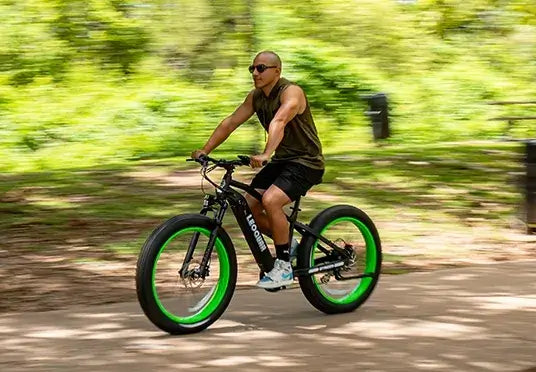



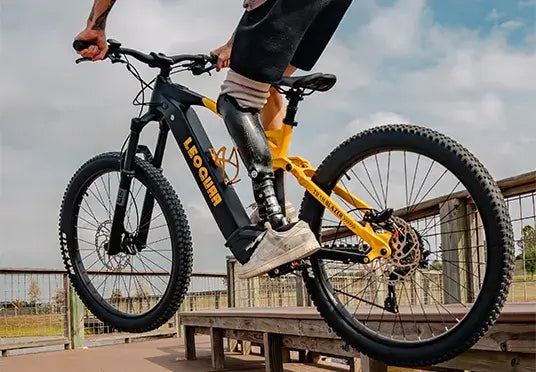

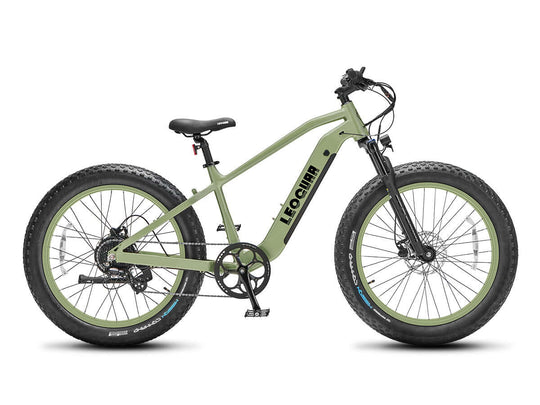
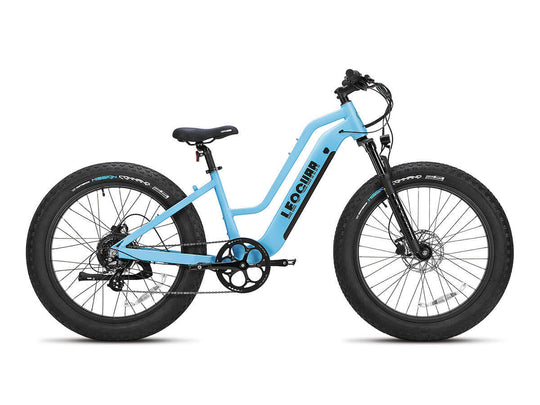
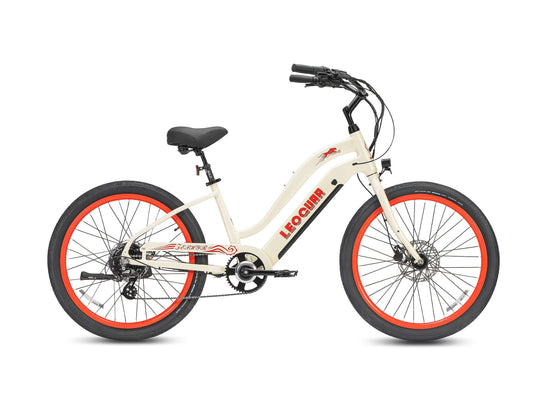
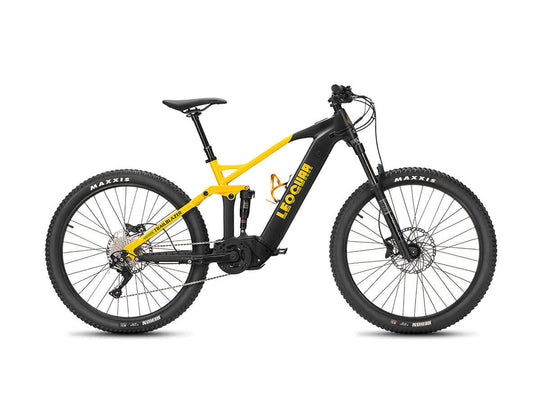
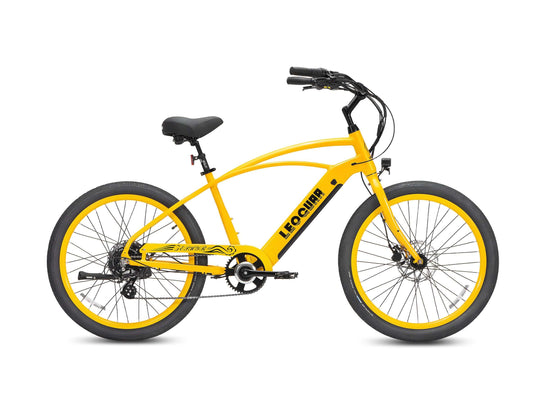
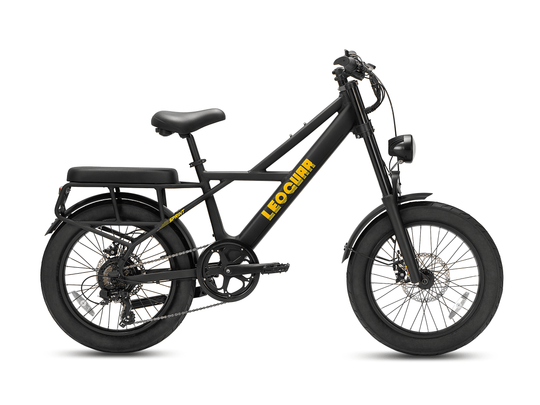
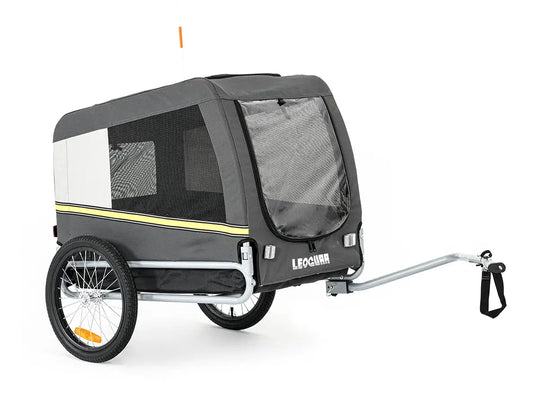
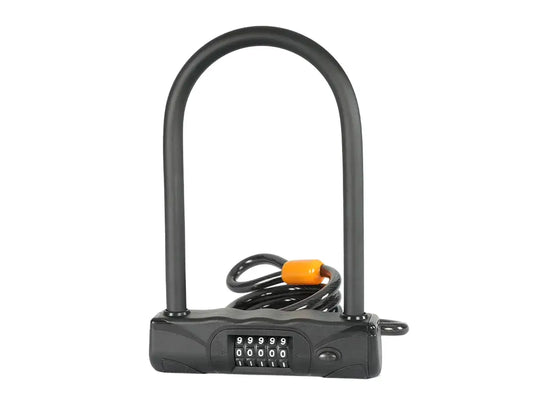
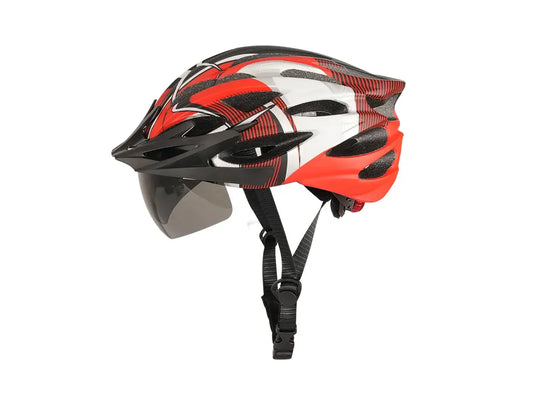

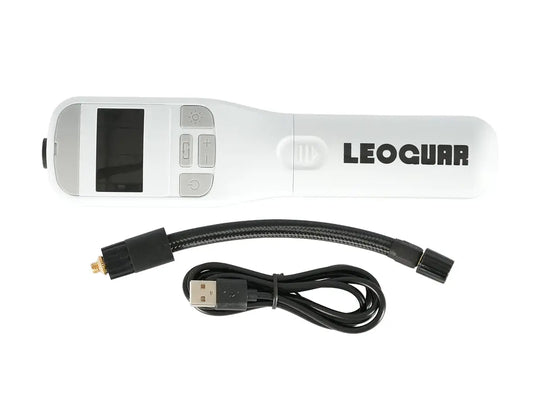
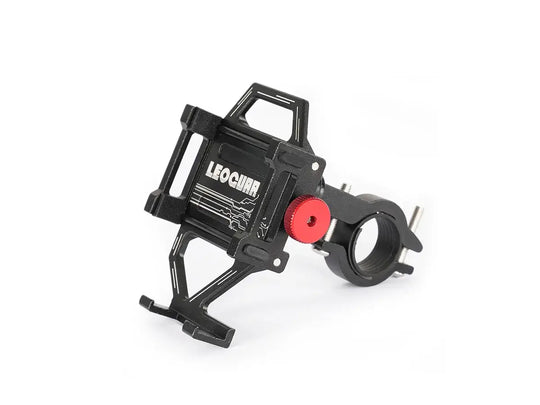
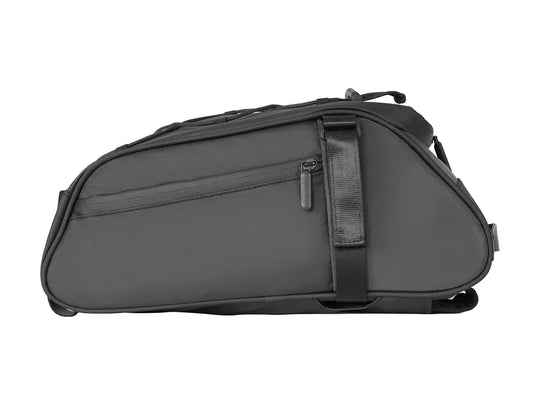
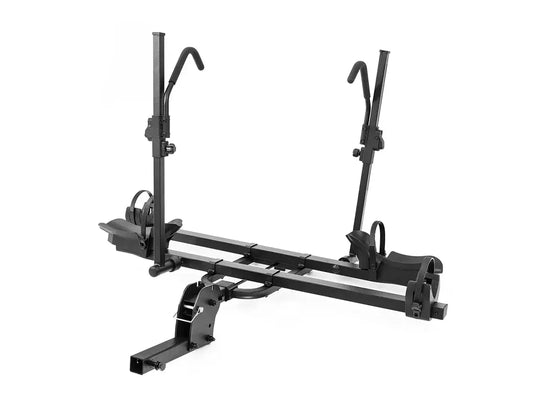
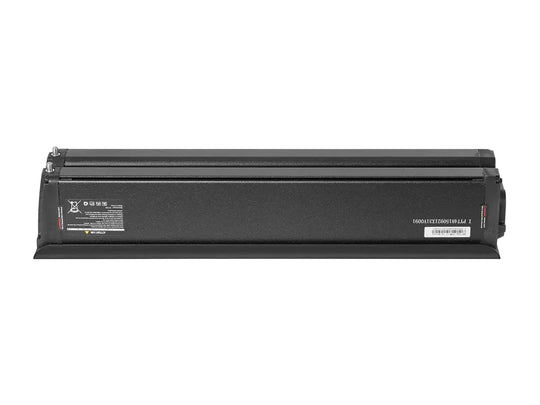

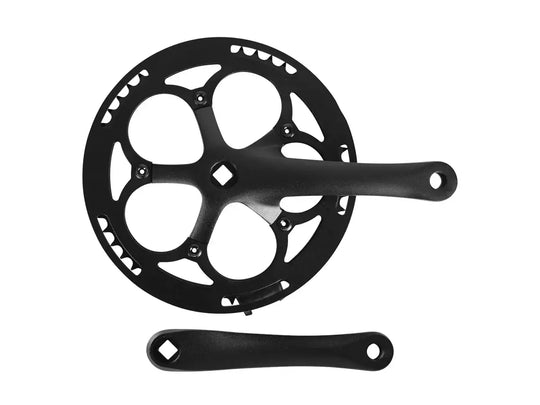
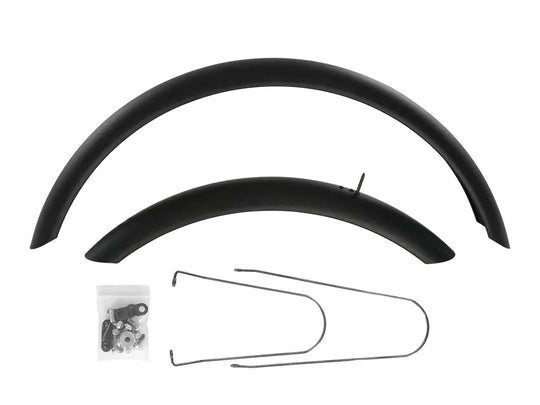
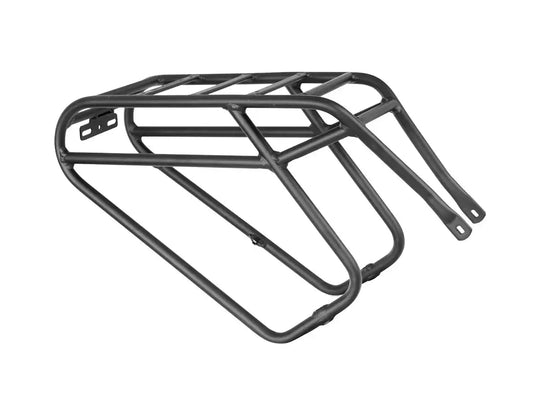
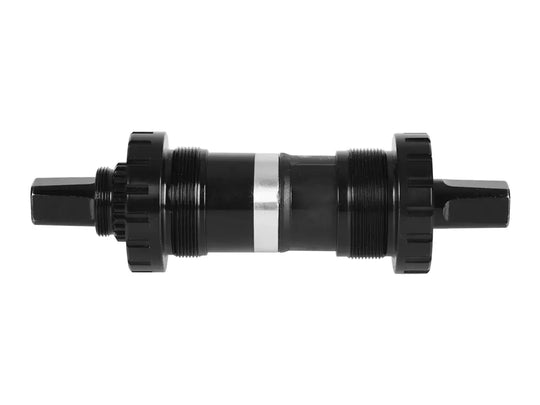
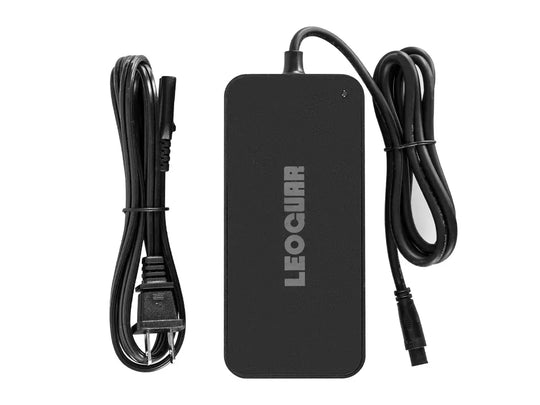
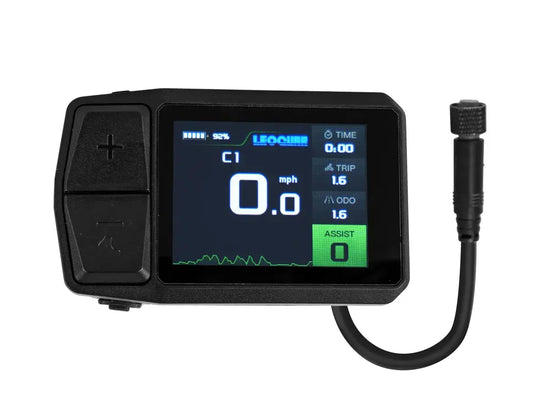
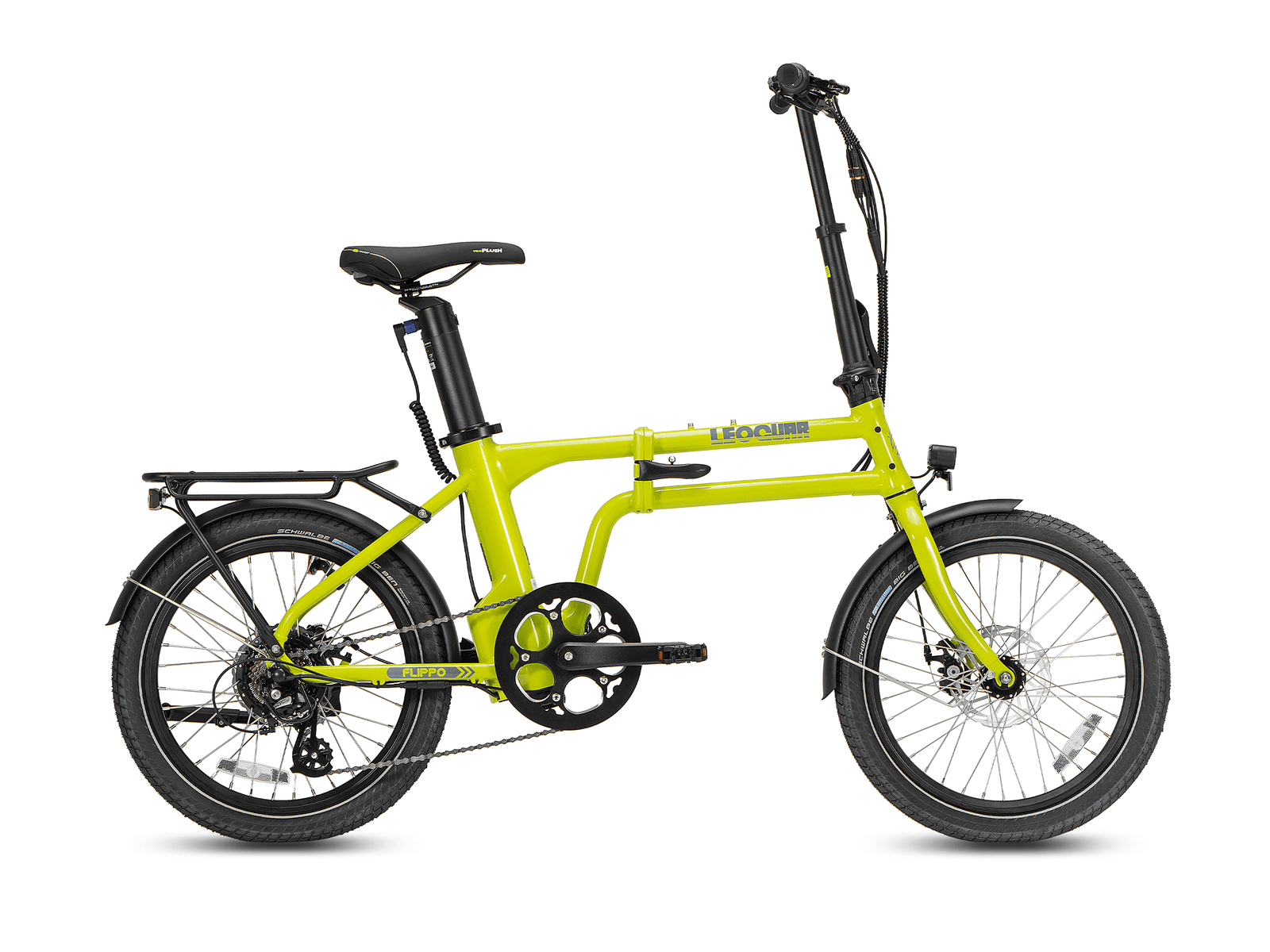








Leave a comment